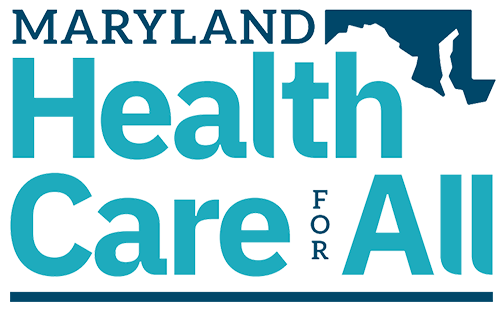Baltimore Sun
September 17, 2015
By Meredith Cohn
More people in Maryland and nationwide were covered by health insurance last year, the first year of coverage became available under health reform, than the year before, according to new census data.
The data from a set of reports released Wednesday by the U.S. Census Bureau shows that more than 130,000 more people were insured in Maryland, where leaders aggressively pursued reforms but bungled the rollout of the online marketplace where people sign up for coverage.
The number of uninsured people fell to 463,000, or 7.9 percent of the state’s population, in 2014 from 593,000, or 10.2 percent, the year before.
Nationally, the survey found 8.8 million more people secured health insurance in 2014, leaving about 33 million people without coverage, or about 10.4 percent of the U.S. population.
Other surveys and polls found similar declines, but this is the first official accounting from federal census officials, who released the reports covering income, poverty and health insurance for 2014. The first report showed no significant change in the nation’s median household income, which remained about $53,700 in 2014, or the poverty rate, which remained at 14.8 percent.
Federal and state officials attributed the increase in health care coverage to health care reform implemented under the Affordable Care Act, which requires all Americans to buy health insurance coverage or pay a tax penalty, and offers subsidies for those who cannot afford it.
“We’re very pleased by today’s census news that shows progress in reducing the number of Marylanders without health insurance and of Americans as a whole,” said Carolyn Quattrocki, executive director of the Maryland Health Benefit Exchange. “That means families are able to get the care they need and not risk serious financial hardship due to major medical bills.”
Quattrocki said the rate of uninsured is likely lower because there’s already been another enrollment period — for 2015 — that went off both in Maryland and nationwide without the problems experienced in the first one. The open enrollment period on the exchange for next year is slated to begin Nov. 1 and last three months.
The census report found increases in coverage from both private health insurance and government plans because 28 states, including Maryland, plus Washington, D.C., expanded their Medicaid programs under the reform law.
Almost 124,000 people bought insurance through the exchange this year in Maryland, most with subsidies, and another 482,000 signed up for Medicaid, the exchange reported last month.
Before the census and other estimates it wasn’t clear how many were getting insurance for the first time and how many were moving from employer plans or other private insurance.
“Like many others, I knew I wanted insurance,” she said. “For the few doctors I see every year and the few prescription I take every year, it makes that more affordable… I’m healthy but one ER visit could put you in debt for the rest of your life.”
Blumenthal said the process, however, still wasn’t smooth. She was promised subsidies as her job is part-time, but when she began receiving bills her credits weren’t included. She was persistent, determined to work through the bureacracy so she could afford the plan she needed, she said.
She worried that “not everyone is college educated and persistent” and some might not think the fight — with its 45-minutes on hold with exchange agents — is worth it.
Overcoming such problems and identifying more people who need coverage but have resisted or been missed by outreach efforts are challenges advocates and officials acknowledge could be hard.
“We still have work to do to find the remaining uninsured that are eligible for subsidies and existing programs, but can be very proud of the work we have done so far, and the accomplishments we all build upon together,” said Vincent DeMarco, president of the Maryland Citizens’ Health Initiative.
The group has run ads featuring sports figures and worked with faith leaders to reach a wider group of uninsured.
Increases in insurance coverage were seen across all racial and ethnic groups, but the census data showed people still without coverage more likely were at the bottom end of the income spectrum and noncitizens. Undocumented people are not eligible to buy coverage on a health exchange.
Most Americans, however, still get their insurance through employers: 55.4 percent. But government programs insure the next biggest groups: Medicaid, the federal-state program for the poor, covers 19.5 percent of the U.S. population and Medicare, the federal program for seniors, covers another 16 percent.
Those directly purchasing coverage from an insurer or through an exchange amounted to 14.6 percent and the military covered 4.5 percent.
Some conservatives, including those at the Heritage Foundation, have questioned whether the census is a good way to track those without coverage, as many people move in and out of plans with their employment and few are chronically uninsured.
Nonetheless, the expansion of coverage, particularly through Medicaid, has benefited individuals’ health and evenutally will save money, said Benjamin Orr, executive director of the Maryland Center for Economic Policy, a nonpartisan think tank.
As more people are insured, the burden declines on others to pay the cost of uncompensated care through taxes, increased premiums, or, as in Maryland, higher hospital rates, Orr said.
Early data from state regulators in Maryland shows there has been a decrease in such costs to hospitals, which supported a move last year to reduce the annual rate increase they receive because they were seeing more people with insurance.
A report from the Urban Institute’s Health Policy Center estimated that the amount of uncompensated care nationally would fall to $46.6 billion in 2019 from $62.1 billion in 2009 as a result of the reform law.
The costs to individuals, through premiums and out-of-pocket costs, however continue to weigh on consumers.
The state’s largest insurer, CareFirst BlueCross BlueShield recently received approval to increase the rates it charges for plans on the state’s health exchange up to 26 percent in the upcoming year.
Several studies also have cited high deductibles as a reason many people were forgoing medical care. A Commonwealth Fund report released earlier this year said 31 million working-age adults in the United States were underinsured, meaning they had high out-of-pocket costs relative to their incomes.
“Health care debt is probably one of largest issue American households face nationally,” Orr said. “Certainly increasing access to insurance helps… Health care reform is working and by expanding it, more Marylanders are able to access the care they need and take care of their families. That has immediate impacts and impacts down the road.”



